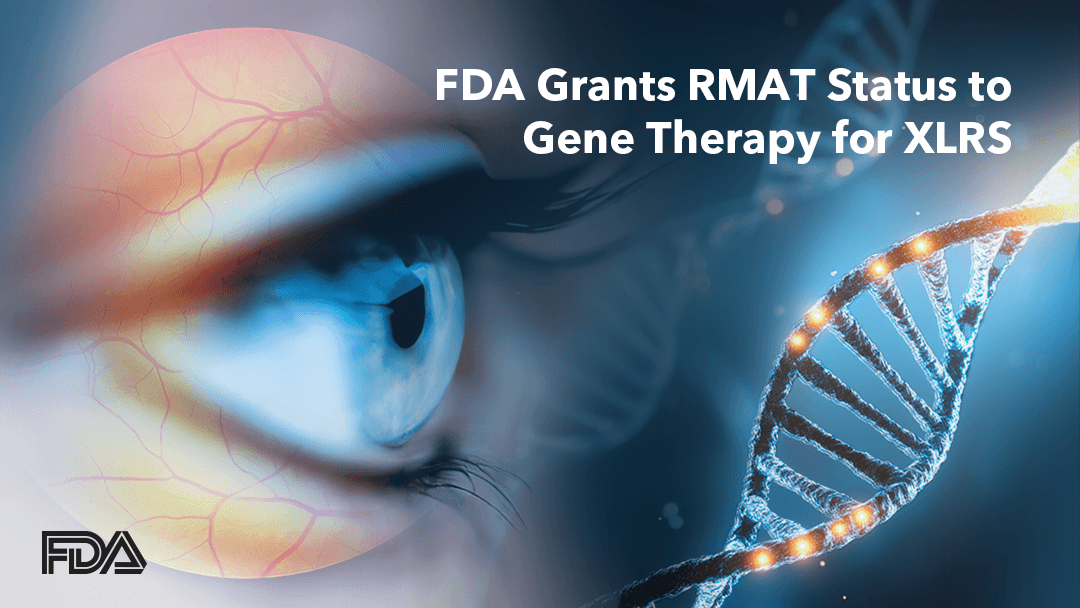Bayer to Release Full OCEANIC STROKE Data, Seek Approval Talks
Bayer says it will present full Phase III OCEANIC STROKE trial results for asundexian at an upcoming scientific congress, and will engage health regulators worldwide to discuss next steps toward marketing authorization. The announcement matters because regulators will require full data and dialogue, and the drug faces renewed scrutiny after a 2023 trial setback that dampened earlier commercial expectations.

Bayer on November 23 said it will present detailed findings from the Phase III OCEANIC STROKE trial of asundexian at an upcoming scientific congress and that it intends to open discussions with health regulators across multiple jurisdictions about potential routes to marketing authorization. The company framed the move as the next step in evaluating whether the investigational oral anticoagulant can win approval for use in stroke prevention, but analysts cautioned that formal regulatory timetables will hinge on full data disclosure and sustained dialogue with agencies.
Asundexian, an oral inhibitor of coagulation factor XIa, has been positioned by investors and clinicians as a potential alternative to existing anticoagulants if it can deliver effective stroke prevention with lower bleeding risk. Those potential benefits carry broad public health significance, because stroke is a leading cause of disability and death worldwide and because bleeding complications remain a major limitation of current therapies. Approval decisions will shape not only clinical practice but also how health systems allocate resources for secondary prevention in aging and underserved populations.
Regulatory reviewers will want access to the complete dataset and to independent scrutiny of efficacy and safety endpoints. Industry analysts noted that the program’s timeline is uncertain until regulators and Bayer conclude preliminary dialogues and determine whether additional analyses or studies are required. The company’s statement follows renewed attention to the program after a high profile setback in 2023, when previous trial results reduced expectations for the drug’s market prospects.
The 2023 outcome altered investor and clinician enthusiasm, underscoring the difference between early promise and confirmatory results in large clinical trials. For patients and caregivers who may one day rely on new anticoagulants, the pace and transparency of the review process are central concerns. Community health advocates say regulators and manufacturers have a responsibility to ensure trial data are fully transparent and that evaluations reflect the needs of populations that suffer disproportionate stroke burdens, including people in low income communities and racial and ethnic minorities.
Approval would trigger a cascade of policy and access questions. Payers will weigh comparative effectiveness and cost relative to established agents, and clinical guideline committees will need robust evidence to recommend changes in standard practice. In many countries, negotiating fair pricing and ensuring equitable access to a newly authorized therapy could prove as challenging as the regulatory review itself.
Bayer’s plan to present the full dataset at a scientific congress will provide an opportunity for peer review and public discussion among clinicians, statisticians and patient advocates. That scrutiny will be critical for regulators as they assess whether benefits outweigh risks, and for health systems planning how to incorporate a new anticoagulant option into stroke prevention strategies.
Today’s announcement sets a roadmap rather than a deadline. The coming weeks of data presentation and regulatory dialogue will determine whether asundexian can move from experimental drug to an approved tool in the fight against stroke, and whether the promise of safer anticoagulation will reach the communities that need it most.


